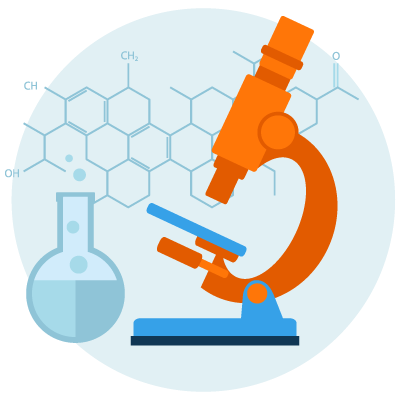Professor Norton and his team have developed a new therapeutic candidate for MS, called HsTX1[R14A]. This is an inhibitor that specifically shuts down activated T cells, including those that drive the attack on the brain and spinal cord in MS. It does this by potently blocking a specific potassium channel, which is only found on activated T cells. This compound represents a completely new class of drug for potential use in MS, and is a modified toxin from the venom of the scorpion, Heterometrus spinnifer.
With his collaborators, Professor Norton has demonstrated that this compound is effective in laboratory models of MS. Other drugs in this class have recently been shown to be safe and effective in humans with another autoimmune disease, plaque psoriasis.
In this project, Professor Norton has teamed up with Associate Professor Natalie Trevakis, who is an expert in drug modification, to improve the compound’s persistence in the body. The team will modify the drug and determine whether these modified versions have improved accumulation and persistence in the blood, the lymph nodes and the brain in a laboratory model.
If successful, this would pave the way for preclinical trials of a newly developed drug candidate for MS.
Professor Norton and his team have successfully made multiple versions of modified HsTX1[R14A], although purification of these modified compounds took longer than anticipated.
In collaboration with Professor Gyuri Panyi, the team showed that one of the modified compounds demonstrated high potency in blocking a specific potassium channel. They are in the process of testing the remaining modified compounds, although they are expected to have similar activity.
The next steps in this project are to determine whether modifications of this compound affect their persistence and distribution in the body. Preliminary studies have so far shown that the modified compounds bind to a protein, which is the main way in which they will persist in the body, whereas the unmodified compound did not bind. Also, they found that the longer the modification length, the better the binding.
Professor Norton and his team are now in the process of investigating the distribution of these modified compounds in the body and have prepared the compound to assess this.
Updated: 31 March 2022
$24,940
2020
1 year
Past project




